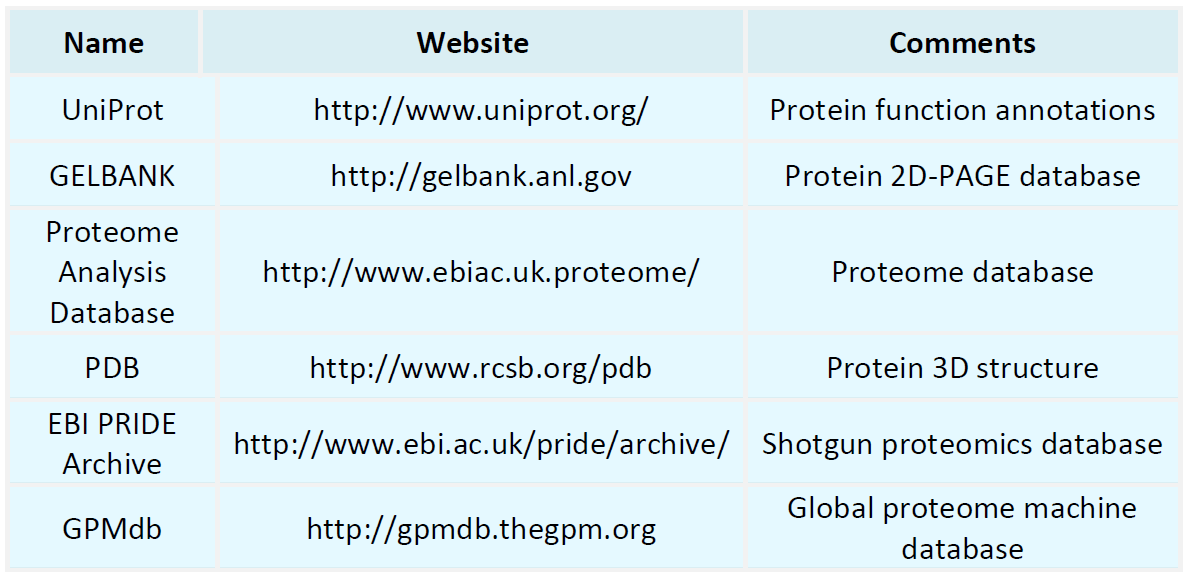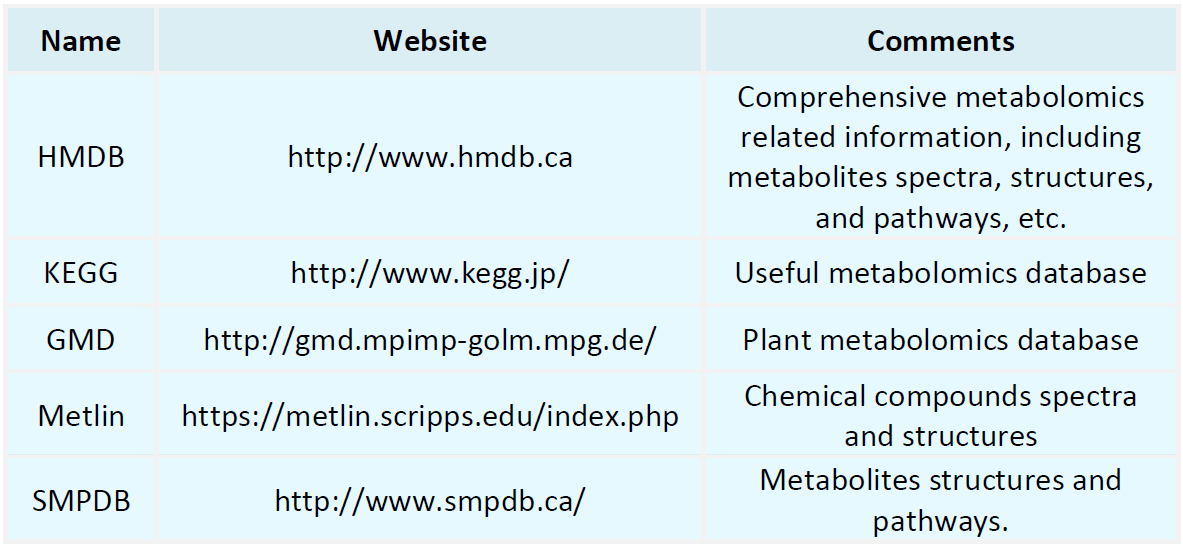Resources
Proteomics Databases

Metabolomics Databases

-
• Antibody Glycosylation Detection
Antibody glycosylation detection is a technology used to analyze the glycan structure and composition on antibody molecules. Glycosylation is a common post-translational modification process of proteins, which is crucial to the function of antibodies, including their stability, recognition, and antigen binding ability. In the biopharmaceutical industry, especially in the process of developing and producing monoclonal antibody drugs
-
Data-Independent Acquisition Proteomics (DIA) is an omics technology used to systematically analyze the proteins in biological samples. Compared with traditional Data-Dependent Acquisition (DDA) methods, DIA technology can analyze more proteins and peptides at the same time, improving the comprehensiveness and repeatability of detection.
-
• Detection of Protein Acetylation
Protein acetylation is an important post-translational modification which typically involves the transfer of an acetyl group from acetyl coenzyme-A (Acetyl-CoA) to the lysine residues of a protein. This modification is crucial for the regulation of protein function, localization, and interaction, particularly playing a central role in the regulation of gene expression.
-
• Protein Detection for Ubiquitination
Ubiquitinated protein detection is to identify and quantify the status of proteins after ubiquitination post-translation modification. Here are some commonly used methods to detect ubiquitinated proteins: 1. Western Blot Analysis Western blotting is a common method for detecting ubiquitinated proteins. This process usually involves: (1) Extracting protein samples. (2) Separating proteins using SDS-PAGE electrophoresis. (3) Transferring proteins onto a membrane.
-
• Thermal Stability Analysis of Recombinant Protein Vaccines
Recombinant protein vaccines are a type of vaccine that do not contain complete pathogens and are prepared by specific protein antigens produced by heterologous expression systems. The common heterologous expression systems include bacteria, mammalian cells, plant cells, and insect cells. The appropriate heterologous expression system needs to be selected according to the type of antigen produced.
-
• Protein Quantification Assay
Protein quantification is a common technique in experimental biology, used to measure the concentration or total amount of protein in a sample. This measurement is very important for biochemistry, molecular biology, medical research, and other fields. Analysis Workflow 1. Sample Preparation Cell extract, tissue samples, serum, plasma, urine or other biological samples containing protein. Ensure the sample is clean and free of impurities.
-
• Parallel Reaction Monitoring (PRM) Detection of Ubiquitination
Parallel Reaction Monitoring (PRM) is a high-resolution mass spectrometry analysis technique commonly used in targeted proteomics research. It can be used to detect and quantify specific proteins and protein modifications, such as ubiquitination.
-
• Mechanism of Protein Lactylation
Post-translational modifications (PTMs) are pivotal in regulating the function, localization, stability, and interactions of proteins. Among these, lactylation is an emerging type of PTM that has garnered significant interest in recent years. Lactylation involves the covalent attachment of lactate molecules to lysine residues in proteins, impacting critical biological processes such as metabolism, gene expression, and immune responses.
-
• Workflow of Protein Lactylation Analysis
Protein lactylation is an emerging post-translational modification (PTM) that plays a significant role in various biological processes. As research progresses, the potential functions of lactylation in metabolic regulation, immune responses, and disease pathogenesis are gradually being uncovered. To explore the functional implications of protein lactylation, scientists have developed a precise and efficient analytical workflow.
-
• Application of Protein Lactylation Analysis
Post-translational modifications (PTMs) of proteins are crucial mechanisms that regulate protein function, localization, and interactions. In recent years, lactylation, an emerging type of protein modification, has garnered significant attention from the scientific community.
How to order?







